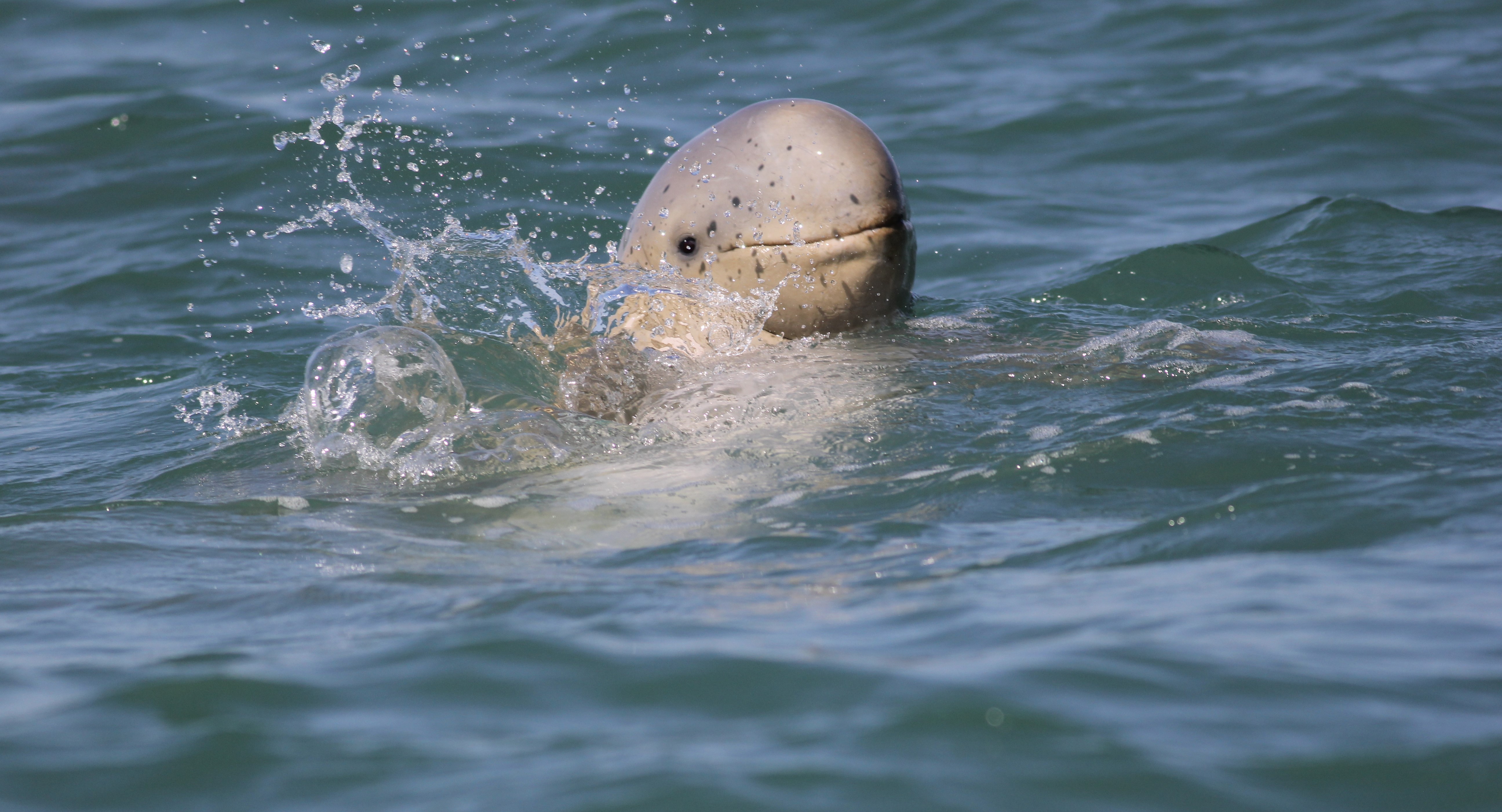Conservation of rare inshore dolphins in Australia
/prod01/channel_8/media/scu-dep/research/images/snubnose.jpg)
Background
The Australian snubfin dolphin and humpback dolphin species are some of our rarest mammals with estimates of fewer than 10,000 of each species living in Australia. They live in small populations generally of about 100 individuals mainly in tropical/subtropical waters, and often in areas impacted by tourism and under threat from industry. Both species are characterised by low genetic diversity, low rate of reproduction and dependency on coastal habitats rendering them particularly susceptible to external threats. In some locations along the Queensland coast, there are indications of considerable population declines. Given the geographic range for these species extends only as far of Papua New Guinea the protection in Australia is critical for the long term survival of both species.

In 2006 Dr Daniele (Dan) Cagnazzi started studying humpback and snubfin dolphins in the Great Barrier Reef Marine Park. Prior to this there had been only one study completed on these species in Australia. Dr Cagnazzi’s extensive research on inshore dolphin habitat and populations in the past decade has been recognised by a number of key agencies and management authorities. The Great Barrier Reef Marine Park Authority (GBRMPA) referred to this work in their vulnerability assessment of these inshore dolphins and assessment of the reef’s biodiversity. Dr Cagnazzi was invited by the Queensland Government as scientific expert to provide input to the Back on Track Species prioritisation framework to identify conservation priorities for inshore dolphins. The Australian Department of the Environment and Energy has supported several of Dan’s projects through funding and in-kind support. Both the Environment Protection and Biodiversity Conservation (EPBC) Act and Nature Conservation Act 1992 (Queensland) referred extensively to Dan’s work for the revision of the conservation status of both species. The work is also cited in reviews and submissions such as the Capricorn Conservation Council submission to UNESCO (on the Great Barrier Reef World Heritage Area) and a community led campaign to stop the development of a coal terminal in the mouth of the Fitzroy river. The World Wildlife Fund have cited this research in efforts to raise public awareness of the species. The work was further supported by a fundraising campaign of Australian Geographic.
In 2017 Dr Cagnazzi in collaboration with Dr Guido Parra (Flinders University) led a successful submission to upgrade the conservation status on the IUCN (International Union for Conservation of Nature) Red List for both the Australian snubfin dolphin and humpback dolphin species to vulnerable based on the evidence provided from the work of Daniele and his collaborators.

In 2006 Dan established the Capricorn Cetaceans Research Project (CCP) which today is the longest-running project studying humpback and snubfin dolphins in Australia. The CCP was founded with the support of the local catchment management authority, the Fitzroy River Basin Association, and today is a self-sustainable research project. Beginning with a focus on a small geographical area at the southern end of the Great Barrier Reef the CPP is today studying these dolphins across half of the Great Barrier Reef Marine Park area and providing substantial information toward the conservation of these two threatened endemic species. Dan, together with his long-term collaborator, Dr Guido Parra (Flinders University) were the first to collect skin samples from these elusive species. These samples were later used in a larger collaborative project involving other Universities and funded through the Australian Government (Department of Environment and Energy) to determine the genetic diversity and population structure of humpback and snubfin dolphins in Australia. Dan also used these samples to determine for the first time the toxicological status of both species. This work has determined that both species are subjected to high concentrations of accumulated contaminants at levels that can affect their overall health and survival. Dan's work also provided the first evidence of population decline of these species in Australia following a period of continuous flooding further highlighting how climate change is affecting our planet. This work was an important component of the body of information used by Dan and collaborators in a successful application to the IUCN Red List to update the conservation status of both species to Vulnerable.
Dan has also recorded the unique ‘strand feeding’ behaviour of the humpback dolphins in the estuary of the Fitzroy River. This behaviour is rarely observed, and occurs when dolphins work in small groups to herd fish towards mud banks and lunge from the water to grab the fish.

/prod01/channel_8/media/scu-dep/current-students/images/Coffs-harbour_student-group_20220616_33.jpg)
/prod01/channel_8/media/scu-dep/current-students/services/counselling/images/RS21533_English-College-Student_20191210_DSC_6961.jpg)
/prod01/channel_8/media/scu-dep/study/scholarships/images/STEPHANIE-PORTO-108-2.jpg)
/prod01/channel_8/media/scu-dep/study/arts-and-humanities/images/RS20958_Chin-Yung-Pang-Andy_20190309__79I5562-960X540.jpg)
/prod01/channel_8/media/scu-dep/experience/images/SCU-INTNL-STUDY-GUIDE-280422-256.jpg)
/prod01/channel_8/media/dep-site-assets/component-library/screenshots/online-1X1.jpg)